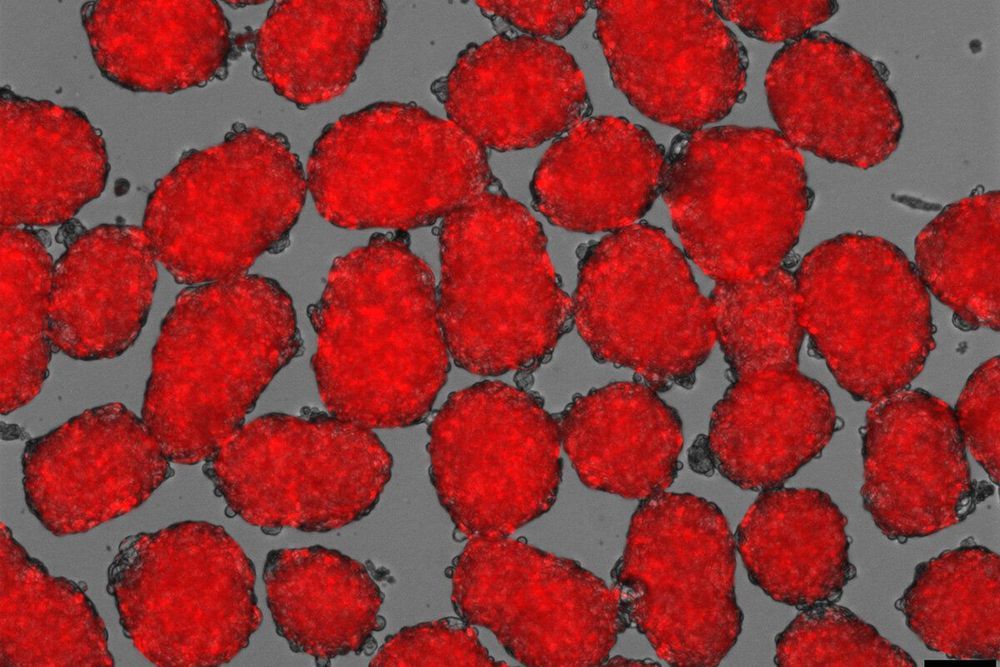Fever is known to help power up our immune cells, and scientists in Shanghai have new evidence explaining how. They found in mice that fever alters surface proteins on immune cells like lymphocytes to make them better able to travel via blood vessels to reach the site of infection. Their work appears on January 15 in the journal Immunity.
“One good thing about fever is that it can promote lymphocyte trafficking to the site of infection, so you will have more immune cells in the infected region that will get rid of the pathogen,” says Shanghai Institute of Biochemistry and Cell Biology (SIBCB) Professor and senior author JianFeng Chen.
To get to an infection, white blood cells need to adhere to the blood vessel and then transmigrate into the infected tissue or lymph node. During this step, molecules known as integrins are expressed on the surface of lymphocytes. Integrins are cell adhesion molecules that control lymphocyte trafficking during inflammation.








